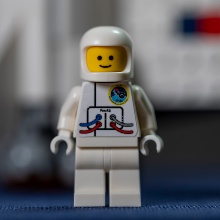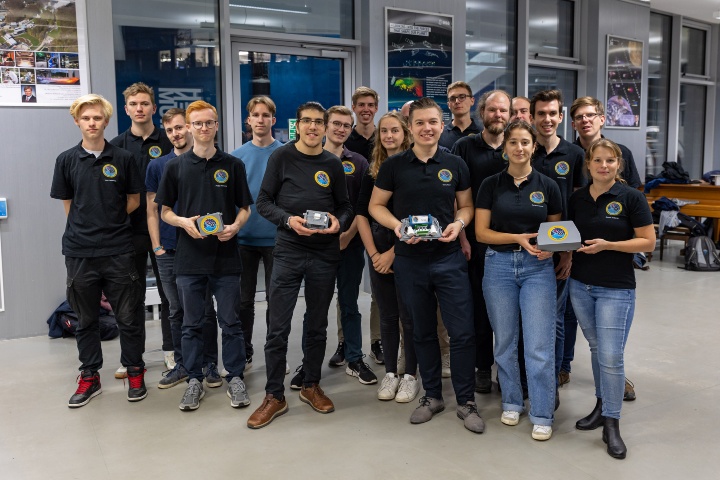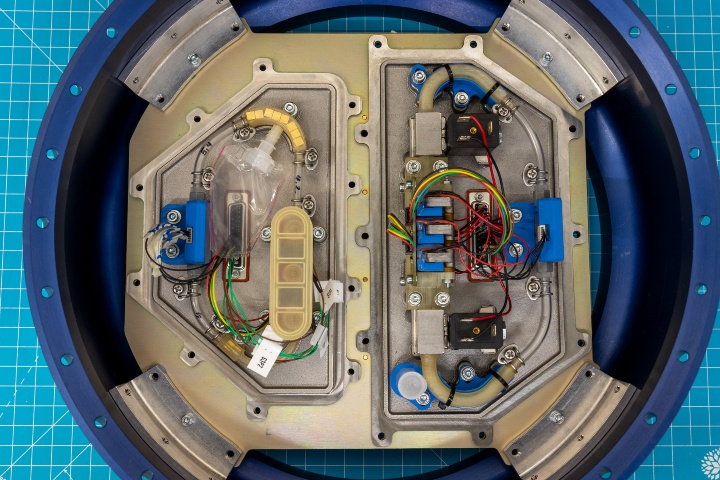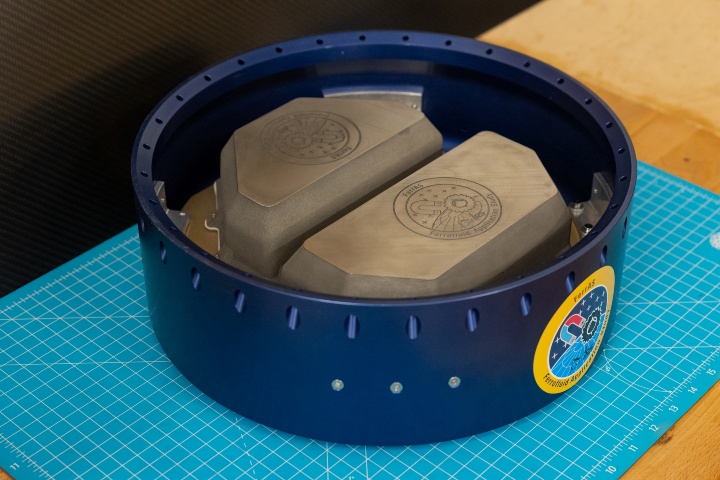Students from the University of Stuttgart are sending two experiments into zero gravity on a REXUS sounding rocket next week. Within a few minutes, they want to prove that pump systems based on ferrofluids are more powerful and require less maintenance than conventional space technologies. On board again: Stuttgart gin and many names.
Update March 14, 2024:
Today at 1:01 p.m., the REXUS sounding rocket with the two experiments of the student small satellite group of the University of Stuttgart (KSat e.V.) was successfully launched from the Esrange space center in Sweden. In the few minutes of zero gravity, the team was able to carry out its experiments on ferrofluid-based pump systems. The exact evaluation will follow in the coming days.
A jury of experts has decided: The team from the University of Stuttgart's student small satellite group (KSat e.V.) was selected as one of eight European teams to conduct two experiments on a REXUS sounding rocket. The rocket flight is scheduled to take place between March 11 and March 15, 2024, with a subsequent recovery planned.
The „Ferrofluid Application Study“ project FerrAS is the third ferrofluid-based student project at the University of Stuttgart to be tested under space conditions, following FARGO last year and PAPELL in 2018. Unlike its predecessors on the International Space Station (ISS), the aim this time is to carry out the experiments within a few minutes of zero gravity and gain insights into how liquid can best be transported in microgravity.
FerrAS project relies on ferrofluids
“After over two years of work, it's just great to send the experiment on its way from the Esrange Space Center in Sweden!”, says Christopher Vogt, System Engineer of FerrAS. „Through the REXUS/BEXUS Program, we can test and validate our vision for developing sustainable pump systems in microgravity.”
Transporting liquids in microgravity, such as coolants, propellants, or gases, is a technical challenge. Conventional pump systems can manage this task but are mechanically complex and prone to malfunctions. The FerrAS project could provide a solution with its innovative ferrofluid pump systems for microgravity environments: The interdisciplinary team of students from six study programs at the University of Stuttgart will test two new types of pump concepts in high-altitude flight to improve the efficiency and longevity of fluid management systems in space. Ferrofluids, a magnetic fluid, have ideal properties for minimizing mechanical wear in pump systems.
Multifunctional components and fluid circuits replace materials
The displacement pump uses ferrofluid-coated magnets that act as multifunctional components, serving simultaneously as pistons, seals, lubricants, and valves. The control of these magnets is achieved through external electromagnets, which generate an effective pumping motion through their wave-like activation. This innovative technique aims to increase the reliability of space pump systems by replacing mechanical parts with ferrofluidic solutions.
The Linear Pump, the second innovative concept of the FerrAS project, could revolutionize the fine-tuning of the attitude control of small satellites. This pump uses a reservoir of ferrofluid fixed by permanent magnets. Transversely installed electromagnets generate a magnetic wave and thus a wave in the ferrofluid itself, which drives the non-magnetic working medium - here water-ethanol. This is how a circular liquid circuit is created, which enables fine controlled and low-vibration generation of torque without mechanically oscillating elements.
Research on Ferrofluids
Since 2017, the Institute for Space Systems has been researching ferrofluid and its applications. The PAPELL experiment demonstrated for the first time the control of ferrofluid movements in microgravity using magnetic fields. These findings led to the development of technologies that replace mechanical components with more durable ferrofluidic solutions. The subsequent FARGO experiment built on PAPELL and successfully tested ferrofluidic systems on the ISS, including gyroscope and switch systems.
Participate: Fly Your Name!
The “Fly Your Name” campaign continues for FerrAS. Participants have the opportunity to immortalize their names on an SD card that flies into space on the REXUS sounding rocket. In addition, everyone who enters their names will receive a virtual ticket as a reminder.
Gin aboard again
In the FerrAS project, as with the FARGO experiment, Stuttgart Gin plays a special role. The working fluid, a mixture of ethanol and water, proves to be an ideal combination for the used ferrofluid. Additionally, a small, sealed container with gin as a reference fluid will be on board. This unique addition not only underscores the creative connection between science and regional specialties but also serves scientific comparison purposes within the experiment.
“We are very excited about the results of the pumps and look forward to the time together as a team and, of course, the rocket launch in Sweden”, says Bahar Karahan, head of the FerrAS science team.
On launch day, the KSat students will be reporting live from Sweden on the University of Stuttgart's Instagram channel.
Expert Contact:
Manfred Ehresmann, Institute of Space Systems, University of Stuttgart, Email, Phone: +49 711 685 69599
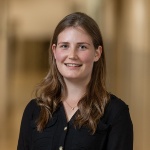
Jacqueline Gehrke
Online Editor
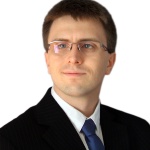
Manfred Ehresmann
M.Sc.Systemsengineer and Research Assistant


